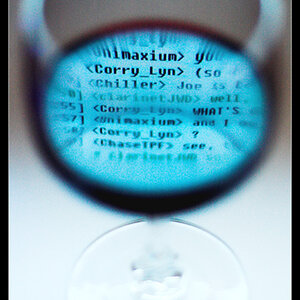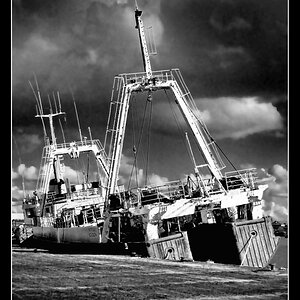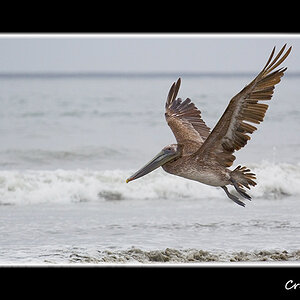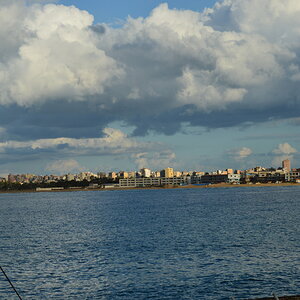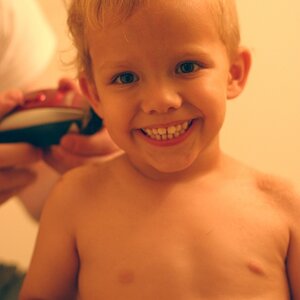Ysarex
Been spending a lot of time on here!
- Joined
- Nov 27, 2011
- Messages
- 7,139
- Reaction score
- 3,701
- Location
- St. Louis
- Can others edit my Photos
- Photos OK to edit
All modern digital cameras have a light metering system. They read reflected light from the subject. If you use your camera in any of the auto or semi-auto modes (Program (P), Shutter Priority (Tv/S) or Aperture Priority (Av/A) then you use the meter -- answer yes.
If you use the camera only in Manual (M) you may still use the meter to assist in setting an exposure -- answer yes.
I'm looking for a "no" answer from the Manual only users who ignore the meter and couldn't care less if it was there. You use the camera like it was a 1960s Hasselblad and determine exposure entirely by means external to your camera -- answer no.
Thanks,
Joe
If you use the camera only in Manual (M) you may still use the meter to assist in setting an exposure -- answer yes.
I'm looking for a "no" answer from the Manual only users who ignore the meter and couldn't care less if it was there. You use the camera like it was a 1960s Hasselblad and determine exposure entirely by means external to your camera -- answer no.
Thanks,
Joe


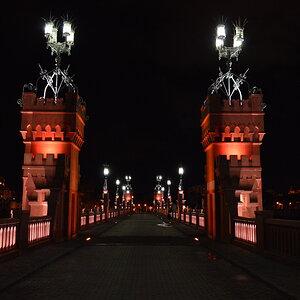

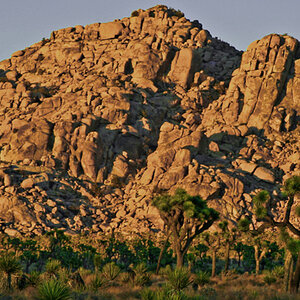
![[No title]](/data/xfmg/thumbnail/34/34121-bdee2cb53518626b080a38730454dd5b.jpg?1619736291)
